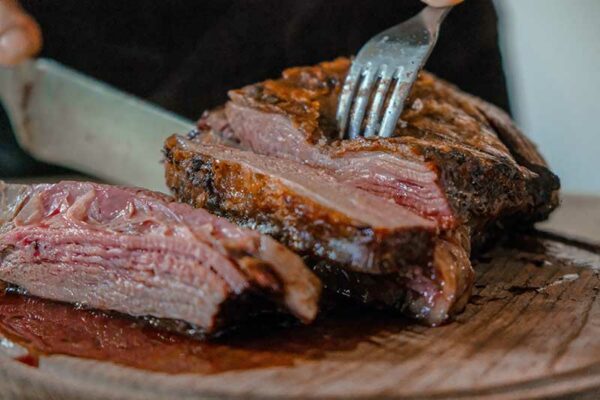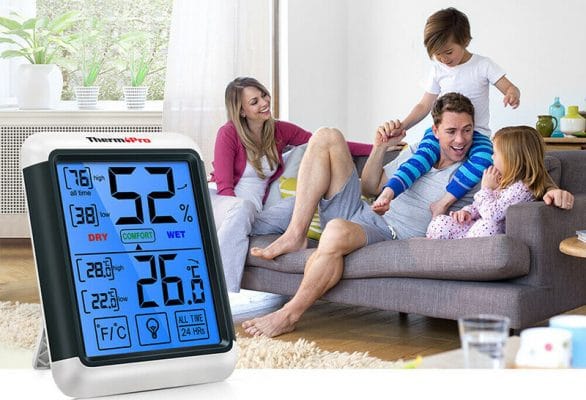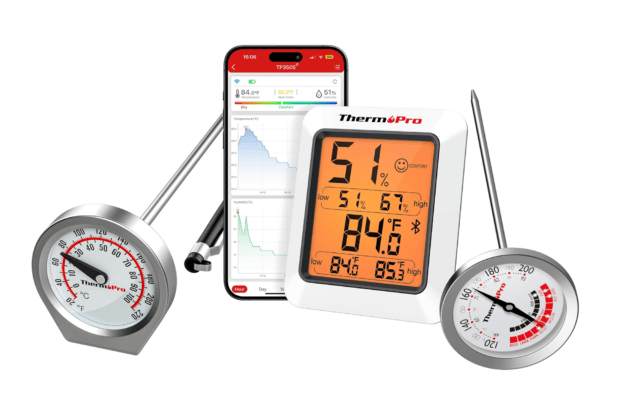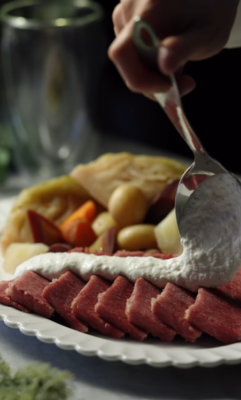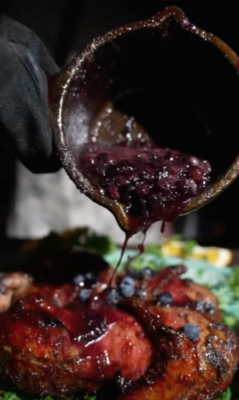Table of Contents
Most people are always looking for ways to cut down on waste and expenditure. Don’t you?
One of the ways that can enable you to achieve the objective is by learning about reheating food safety. However, eating food after reheating can be dangerous. In this article, you’ll learn about risks associated with eating reheated leftovers, how to store leftovers safely, and what temperature to reheat food in the oven with food thermometers.
Usually, you end up with leftover food after having a generous meal. The food seems a shame to throw away into your trash bin.
Have you experienced food poisoning before? If yes, then you know how terrible the whole experience is, and you should learn more about reheating food safety. Some of the common symptoms of food poisoning include vomiting, diarrhea, and stomach cramps.
The leading cause of the condition is the presence of bacteria in contaminated food. Keep reading to learn more about reheating food safety.
Potential Danger in Reheating Leftovers
Ideally, you should eat food immediately after cooking as its freshest and is likely to have a better taste. In terms of food safety, you should reheat your food according to reheating food guidelines such as reheating food temperature Celsius.
Food safety experts recommend people to reheat their food only once. The food contains good bacteria that can lead to food poisoning and food-borne diseases after reheating. For example, rice has spores of a bacterium, and they don’t die even after cooking.
When you leave rice at room temperature, the spores grow into bacteria and become toxic after reheating. If that happens, you will have symptoms such as vomiting and diarrhea. Also, green leafy vegetables such as spinach are rich in nitrates.

When you reheat them, the nitrates can turn into nitrites and result in the development of carcinogenic elements. Food poisoning can be life-threatening for kids and the elderly. Bacteria cause food poisoning in two ways.
They can multiply and cause illness, or they can produce poison in your food that causes poisoning. Using the right reheating temperature in Celsius can help to prevent the multiplication of bacteria that may be present in your food.
If you have leftovers that require reheating, ensure that you store them in a fridge set at a maximum of 40°F in clean and airtight containers. Use 165°F when reheating leftovers. You can use food thermometers to ensure food safety. Also, consider using labels to keep track of when you prepared your meals.
What You Need to Know About Reheating Food in the Microwave
Reheating leftovers using a microwave is a routine task in our homes. However, some people have a fear that their food may become more chewy and unpleasant after reheating food using the appliance.
Ensure that you cover and rotate your food to ensure even heating. Arrange food items evenly and add some liquid if necessary. Only use a cover that is microwave safe and vent the lid. The moist heat from your food will help to destroy any present bacteria and ensure uniform cooking.
The appliances have cold spots. Therefore, ensure that you check the temperature of your food in several places using a thermometer. Wait for a short while before checking the internal temperature of your food.
Ensure proper handling when reheating leftovers as it has an impact on your health and your food’s taste.
Before you reheat frozen leftovers, defrost it properly. You can do that by transferring the food into your fridge or using the defrosting feature in your microwave. After defrosting, you should refrigerate the food, and you can eat it for up to 4 days.
It is safe for you to reheat partially defrosted leftovers using a microwave. However, it may take longer if your food is not completely thawed. Stir the food to ensure even heating. Avoid reheating leftovers more than once.
The Best Ways to Reheat All Your Leftovers
Everyone would want to come home to leftovers or pre-prepared freezer-meals. The microwave seems like the best option. However, food may end up soggy and chewy. Therefore, the type of food you’re reheating matters when using the appliance.
Microwaves reheat food from outside in. Therefore, you should leave a space in the middle of your food to increase the amount of surface area.
There are different guidelines concerning how long to reheat food in the oven. When reheating pizza, place a paper towel or napkin between your plate and the slices. The material helps to absorb excess oils and moisture, which may lead to soggy slices. Lastly, reheat it for 1 min.
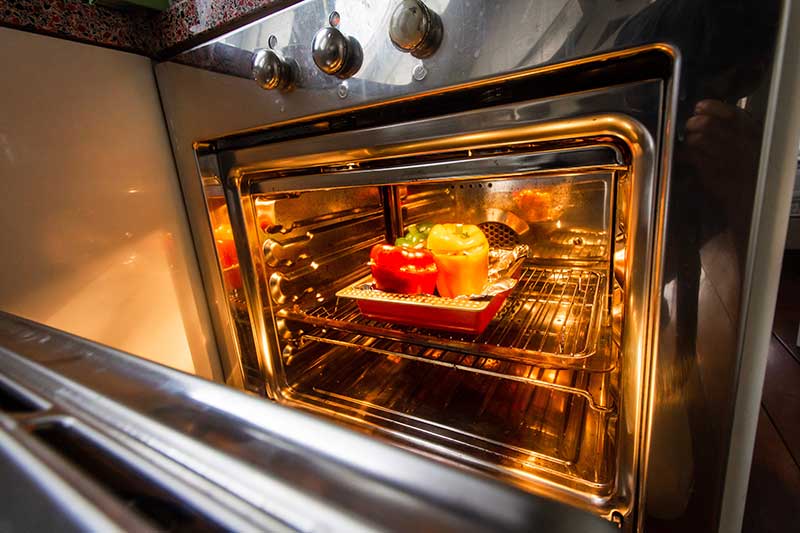
You can use your microwave to reheat the soup on a rainy day. The appliance is ideal for reheating because soup doesn’t have crisp crusts. Some experts recommend to heat a bowl of soup for about 3 minutes and stirring after every 1 minute to ensure even heating.
For pasta, apply about one tablespoon of olive or vegetable oil on the top of your dish to avoid drying up or becoming hard. You should then put the dish in the microwave for about 3 seconds at a high temperature. You can also opt for low temperature and reheat your food for 1 minute.
If you stored pasta with the sauce already on it, take caution when using a microwave for reheating your food. Ensure that you use a cover to avoid causing a splatter inside the appliance.
When reheating rice, add one tablespoon of water in the dish and cover it using a damp paper towel. Reheat your food for about 1 minute and 30 seconds on high temperature. If you feel your food is not warm enough, put it back for about 30 seconds.
If you decide to reheat leftovers containing meat, spread them equally throughout the dish to avoid cold spots. Reheating baked products should be done in the shortest time possible, as failure to do so will result in a leathery texture.
You can start with 45 seconds and add gradually depending on your needs.
How to Reheat Food in the Food Safety Standards?
You should have a food thermometer in your kitchen. With the tool, you’ll not need to worry about undercooking or overcooking your food. Ensure proper cooking to destroy any harmful bacteria that might be present.
When using a ThermoPro Meat Thermometer, ensure that you have inserted the batteries. The probe should be plugged into a transmitter. You can read the temperature on the display.
Next, insert the probe of your thermometer into your food before you start reheating. The transmitter should always be away from the heat source. Only a probe and wire should be inside an oven.
The probe should stay inside the oven throughout the reheating process. Check the reading of the food thermometer regularly until the food is cooked according to your preference.
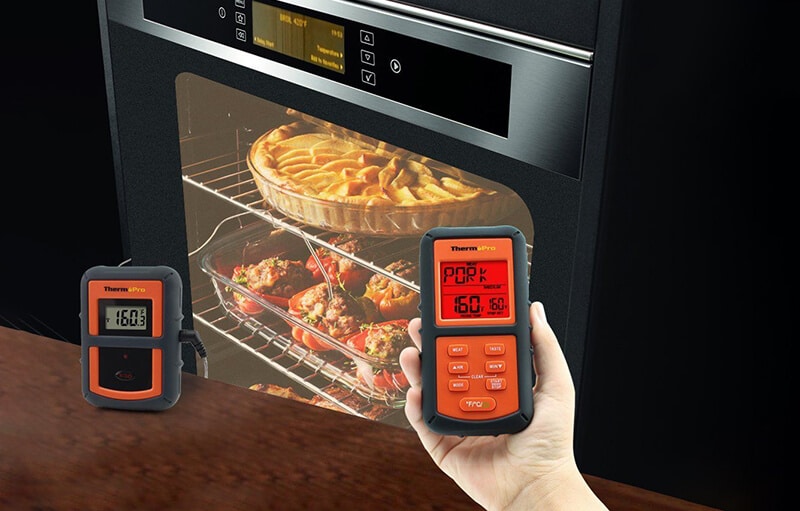
Additional Tip: How to Store Leftovers Properly?
Leftovers offer a great way to save money and avoid food wastage in your kitchen. Adhere to safety measures during reheating. You should be cautious with the hot holding temperature.
Avoid leaving your food out for an extended period. The food should be appropriately cooled before freezing or refrigerating it. If you fail to do so, the temperatures in your fridge will rise, and this will facilitate the multiplication of bacteria.
High temperatures will affect your leftovers and any other food that you may have stored in your fridge. The fridge should be below 5ºC at all times. Use freezer bags if you have limited space to store your leftovers.
Final
Food Thermometer is really a good helper in the kitchen. It can help you know any food temperature to ensure all the food is cooked and can be safe to eat. This is also the reason why USDA recommends to use the food thermometer. If you need one, the ThermoPro food thermometer is here for you!
-
Sale Product on sale
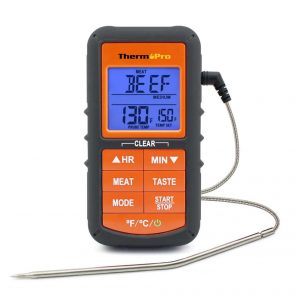 ThermoPro TP06
ThermoPro TP06$26.99$19.99 $21.09Rated 4.96 out of 5 based on 104 customer ratings -
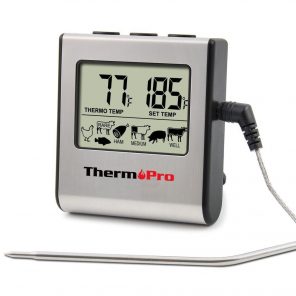 ThermoPro TP16$19.99 $21.09Rated 4.89 out of 5 based on 111 customer ratings
ThermoPro TP16$19.99 $21.09Rated 4.89 out of 5 based on 111 customer ratings -
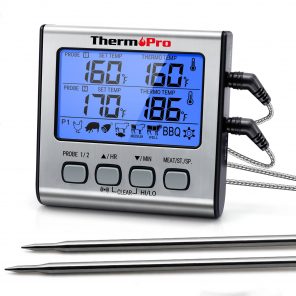 ThermoPro TP17$31.99 $33.75Rated 4.96 out of 5 based on 118 customer ratings
ThermoPro TP17$31.99 $33.75Rated 4.96 out of 5 based on 118 customer ratings

